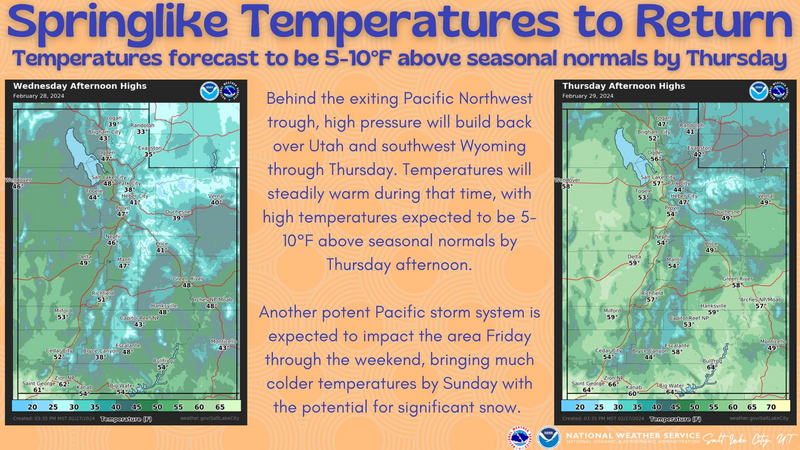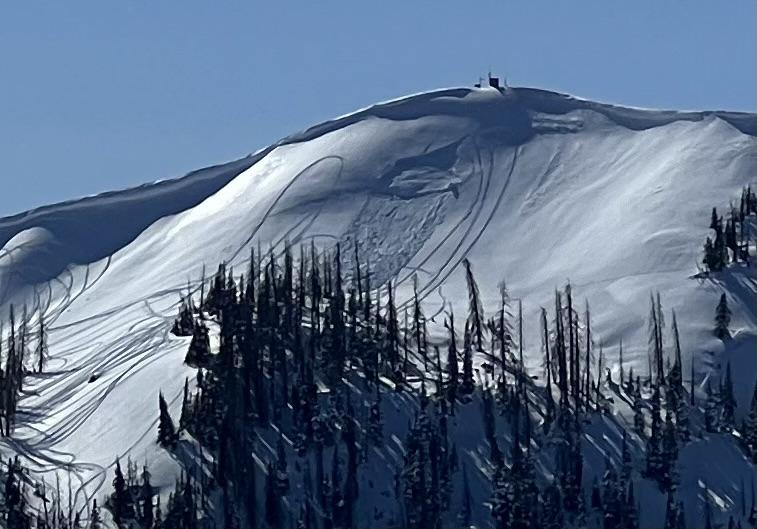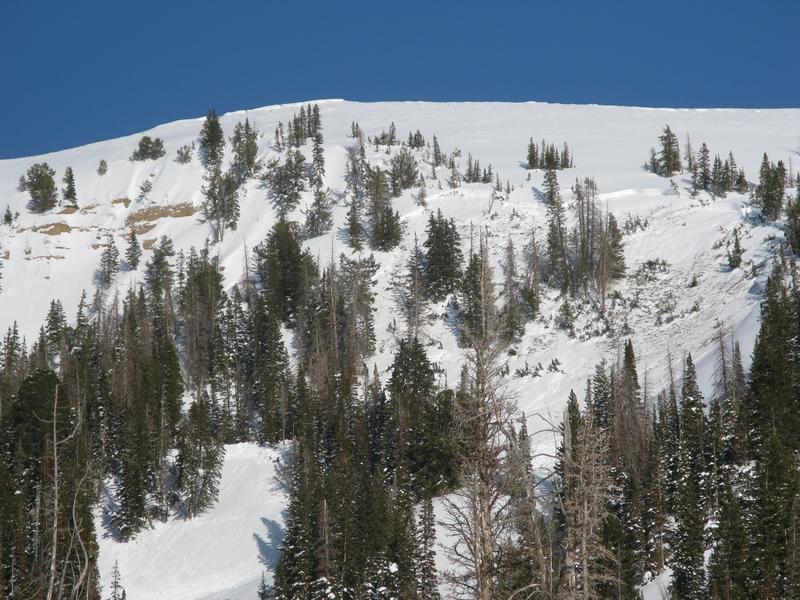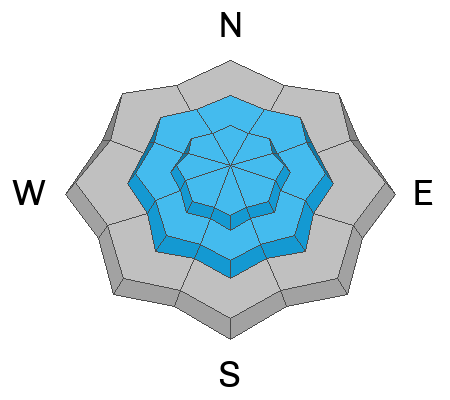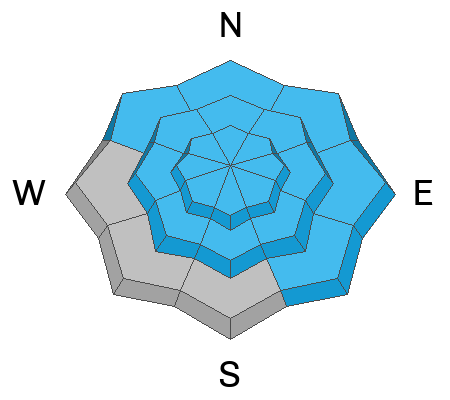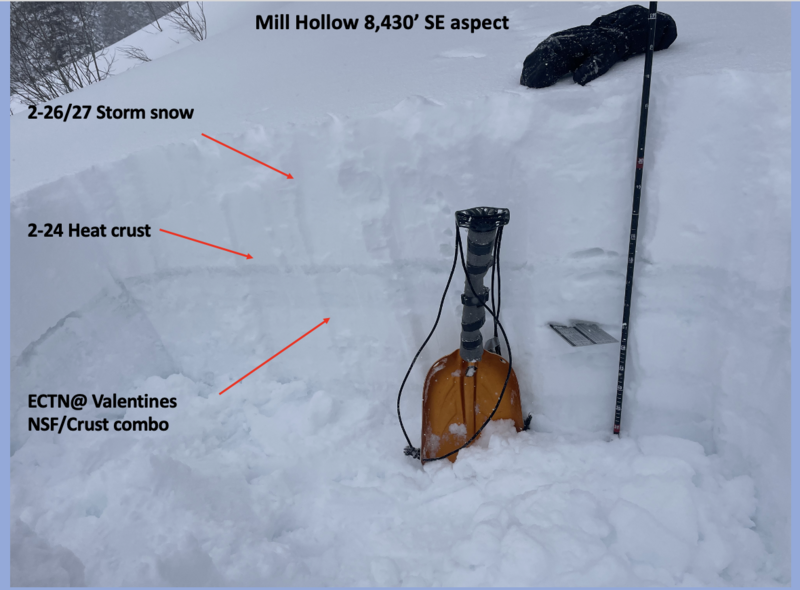Forecast for the Uintas Area Mountains

Issued by Craig Gordon on
Wednesday morning, February 28, 2024
Wednesday morning, February 28, 2024
Sunny skies and fresh pow beg us to stomp on the accelerator, but today we should continue pumping the brakes-
At and above treeline you'll find CONSIDERABLE avalanche danger. Human triggered avalanches are LIKELY around the dial, especially in the wind-zone where you'll encounter fresh drifts reactive to our additional weight. Becoming more the exception than the rule, we can still trigger a deep, dangerous slide that breaks to the ground in steep, rocky terrain facing the north half of the compass.
Storm snow, coupled with strong winds create fresh drifts which dot the lower elevation landscape. You'll find MODERATE avalanche danger and human triggered avalanches are POSSIBLE on steep, wind drifted slopes at lower elevations near our trailheads.
Here's your exit strategy-
Not feelin' it today? Well then, you came to the right place, cause the Uintas offer tons of mellow terrain less than 30 degrees in steepness where you can have an absolute blast and avoid the avalanche dragon.

Low
Moderate
Considerable
High
Extreme
Learn how to read the forecast here


